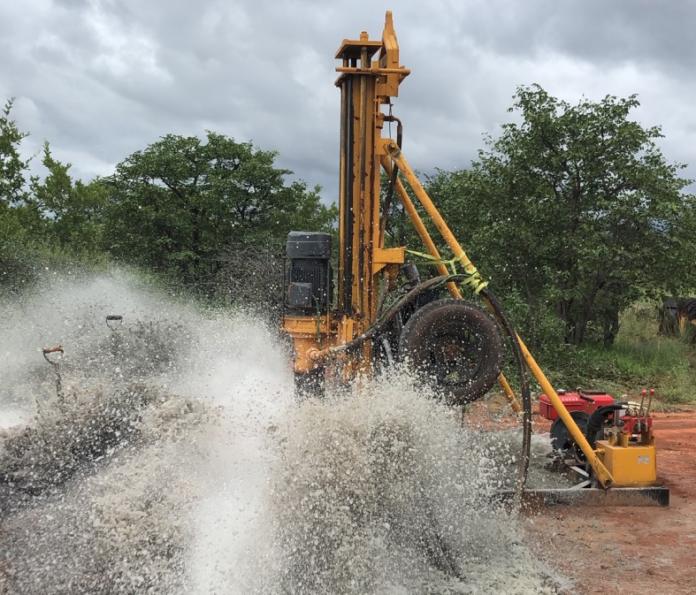NEARLY two-thirds of South Africa depends solely or partially on groundwater for domestic needs, and in a water-stressed country this source is becoming increasingly important. But, we need to use it wisely.
Dr Eelco Lukas, a geohydrologist, is the Director of the Institute for Groundwater Studies at the University of the Free State (UFS). He explains that all natural water found in the earths subsurface is called groundwater. “When we look hard enough, we can find groundwater almost everywhere. But, that does not mean that we can start pumping groundwater at any location. In many places, the amount of groundwater available (yield) is so little, or the water so deep that it is not financially viable to pump it. Another problem might be the quality of the water.”
Most of the big cities use surface water in their water pipes. Almost all big cities worldwide are located close to a supply of freshwater. Cape Town has drilled many boreholes in the past two years to augment the city’s water supply. However, problems can arise when a borehole is drilled for a community with a certain number of people and soon there are many more people than the borehole can supply. It is not so much a case of the “borehole drying up” but that the capacity was exceeded.
Dr Lukas says because groundwater is something that cannot be seen by the naked eye, the general public has many misconceptions about groundwater. Some people think that you can drill a hole just anywhere and that you will find water, others believe that water flows in underground rivers. It generally moves very slowly, only a few meters per year. And if it rains at a specific place, it does not mean that water will reach a particular borehole.
“Sustainable groundwater usage is the certainty that enough groundwater is available in years to come. Sustainability is dependent on two external factors, namely demand and supply. Unfortunately, both these factors are beyond the control of the geohydrologist. When enough water is available for a community, the chances are that the community starts to grow, thereby enlarging the demand. If the higher demand cannot be met, sustainability is no longer possible. When a change in rainfall pattern results in a decline of the precipitation, the groundwater recharge will become less resulting in a lower supply of water.”
How much ground water do we have?
According to the Department of Water Affairs and Sanitation, the most recent estimate of sustainable potential yield of groundwater resources at high assurance is 7 500 million m³/a, while current groundwater use is estimated at around 2 000 million m³/a. Allowing for an underestimation on groundwater use, about 3 500 million m³/a could be available for further development. Unfortunately, if there is a shortage of water on one side of the country it cannot be supplemented with water from the other side.
With a drought, the amount of water falling from the sky is below average, which means that the available water to recharge is also less. With less recharge water, the groundwater levels will decline. To make things worse during a drought, groundwater users will pump more water to make up the deficit in rainfall, thereby accelerating the drop in water levels.
“Groundwater can be used to help humanity. The pore space in aquifers, can be used to store water during a wet period, to be used later during a drought. This is called water banking where water is injected into the aquifers (artificial recharge) during a period when there is enough water and pumped from the same aquifer during a period of water shortage,” says Dr Lukas.















